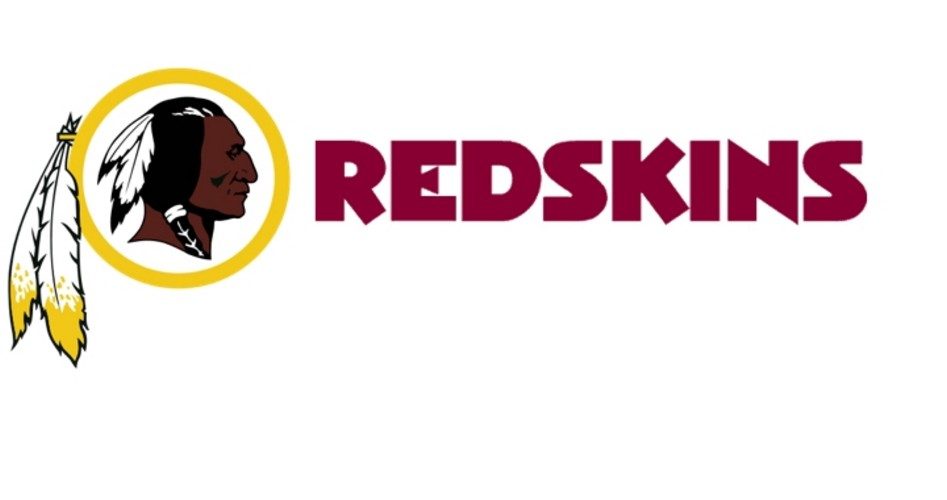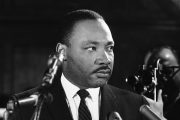
Nine of 10 American Indians have no problem with the use of the term “Redskins” as a sports mascot. That is the finding of a new poll published by the Washington Post, which had a special interest in the subject because of the hometown National Football League franchise, the Washington Redskins.
The poll surveyed 504 Native Americans in every state and the District of Columbia. It included all demographic classes, and found that 70 percent do not find the term disrespectful, and 80 percent are not offended if called a “redskin” by a non-Indian.
Ninety percent of those polled said that the name “does not bother them,” which indicates no change since the 2004 Annenberg Public Policy Center study, which also found 90 percent of American Indians were not upset by the term.
Interestingly, polls have consistently found that non-indigenous people are twice as likely as Indians to have a problem with the name.
The use of the name by the Washington professional football team has been under attack in recent years, but team owner Dan Synder has vowed never to change the mascot. In 2014, the Trademark Trial and Appeal Board of the U.S. Patent and Trademark Office cancelled six trademarks held by the Washington Redskins, in a 2-1 vote, declaring that the term “Redskins” is disparaging to a “substantial composite of Native Americans.”
Joining in the attack was Congressman Tom Cole, an Oklahoma Republican who was a staunch supporter of House Speaker John Boehner. Cole, a moderate Republican with a mere 52-percent Freedom Index score (by which The New American magazine measures a congressman’s fidelity to constitutional principles), told the NFL commissioner that the name should be changed because the NFL is “on the wrong side of history,” adding that it is inappropriate for the Redskins to “profit from the continued degradation of tribes and Indian people.”
Some have questioned how “appropriate” it is for a U.S. congressman to be deciding mascot names for a professional sports team — hardly an example of limited government conservatism. Perhaps if our members of Congress were as concerned about our crushing national debt and the protection of our liberties as Cole is about what a pro football team calls itself, our country would be in better shape.
It is logical to presume that nicknames and mascots are chosen for sports teams — whether at the high school, college, or professional level — because the teams take pride in the names. It is illogical that anyone would pick a mascot with the intention of ridiculing a certain group of people. One may safely presume, for instance, that the Minnesota Vikings are not desirous of insulting those of Norwegian ancestry, nor are the Texas A & M Aggies poking fun at farmers. Does anyone really think that Notre Dame hates the “Fighting Irish?” Did the New Orleans NFL franchise choose the term “Saints” hoping to insult Christians?
At least no one seems to care — yet — about the Horned Frog mascot of Texas Christian University.
In places where an effort has been made to drop the Redskins mascot, the reaction of the Native American community confirms the two aforementioned polls. At Capitol Hill High School (part of the Oklahoma City public school system), student Juanita Freeman, a full-blooded American Indian of Black Foot and Cherokee heritage, was greatly disturbed when the school board took away the name. “I am very proud to be a Redskin,” she declared, noting that she owned about 30 shirts proudly displaying the Redskin mascot of the school.
At McLoud High School east of Oklahoma City, the board kept the name when the citizens rallied in favor of maintaining the Redskin mascot. Unlike Capitol Hill, the community was made aware that the name might be discontinued, resulting in a board meeting packed with so many advocates of keeping the name that not all of those who wished to attend could even get in the front door.
Some did come from outside the community to argue against the name. Summer Wesley, a Choctaw Indian and lawyer, warned that the school could lose federal funds if it kept the name. She cited the American Psychological Association, which claimed that all Indian mascots should be retired, because terms such as “Redskins” cause damage to the psychological development of American Indian children.
An unidentified student spoke in favor of the mascot, on behalf of the McLoud High School Inter-Tribal Club. She disputed the remarks of what she called an “outside voice,” arguing that they “do not speak for our local native community. We are not being manipulated by others,” she insisted. “We’re speaking out our own opinions. Not a single member of our tribal club find[s] the Redskin name offensive. We find the Redskin name … an honor.”
The Kickapoo Tribe of Oklahoma, headquartered in McLoud, issued a statement in support of keeping the Redskins mascot. Mosiah Bluecloud spoke on behalf of the tribe to explain the meaning of the term “Redskin”:
It’s in reference to the paint we used…. We painted ourselves with red paint. It’s written down by a linguist — a famous linguist, and one of my heroes, Ives Goddard — who talked about how the term started out as what we called ourselves. Redskins was not something the colonizers gave to us. We took that name, and it was translated.
Bluecloud’s position — that the term “Redskins” originated with indigenous peoples themselves — appears correct. Chief Mosquito of the Piankeshaw tribe is recorded as having addressed an English officer in 1769, using the phrase, “if any red skins do you harm.” In 1812, Osage Chief No Ears made this statement: “I know the manners of the whites and the red skins.”
This contradicts the inflammatory myths being circulated that the term came from the practice of paying a bounty for Indians (using a “red skin” in reference to a bloody, red scalp of a Native American). Adrian Jawort, in his November 13, 2012 article in Indian Country Today entitled “Redskins Not So Black and White,” dismissed that as simply “revisionist history.”
So why is there such a push to eliminate Indian sports mascots in general, and the Redskin mascot in particular?
Part of the answer is that it has been a leftist tactic, since at least the French Revolution, to divide society into antagonistic groups. Karl Marx, author of the Communist Manifesto, saw such a “class struggle” as a prime method of advancing the cause of communism. Thus, it is a common tactic of the Left to make use of existing animosities between different ethnic groups, and if they do not exist, to create them. Young are pitted against the old; men against women; the poor against the rich; and, of course, charges of real or imagined racism are often used to advance some element of the progressive agenda.
Such tactics serve to advance the goals of the Left, because the solutions are always more government control in some fashion. For example, a continuing effort to demonize Christopher Columbus is simply part of a larger campaign to undermine the foundations of Western civilization. It is the same as the motivation for attacking the historical reputation of men such as George Washington and Thomas Jefferson. Because once these pillars of our Republic are no longer seen as objects of admiration, they can be replaced with leftist icons, thus advancing a secular and socialist agenda.
Steve Byas is a professor of history at Randall University in Moore, Oklahoma. His book History’s Greatest Libels challenges some of the great lies of history.



